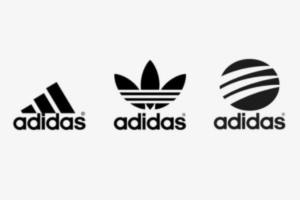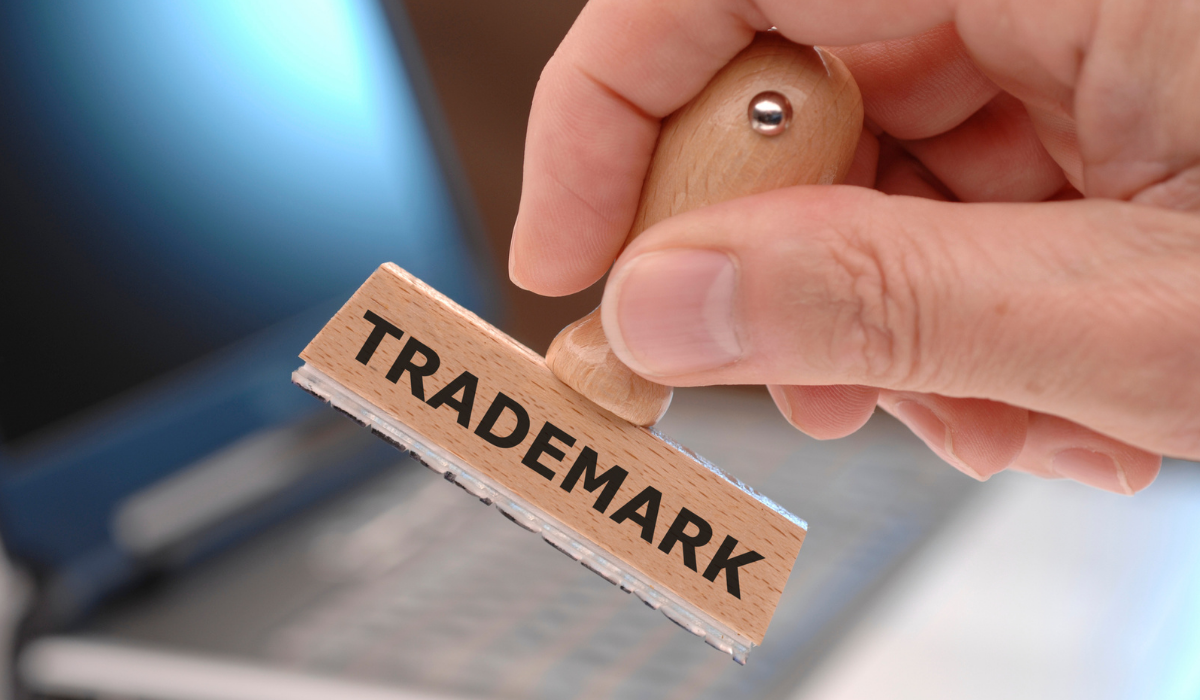The Difference Between Patents and Trademarks
If you have an original idea and want to keep safe from being stolen, what is the first thing that comes to mind? Protect it at all costs. Here are some key differences between patents and trademarks.
As a business owner, artist, or individual, your intellectual property is essentially your baby. In fact, it is the most valuable asset you own. It is something you nurture, invest loads of time in, and do everything in your power to ensure it remains healthy and free of harms way. Like a baby, you protect your intellectual property, so it can grow big and strong.
So how do you protect your business baby? There are several Intellectual Property Laws in place which enable inventors and creators to safeguard their property from unapproved users. Howbeit, there is often lack of direction when it comes to how and which way to move forward. There are five types of intellectual property, and truth be told, there are a lot of blurred lines between them that can seem like large obstacles to those just starting out.
If you are serious about your brand, idea, or invention, we want to help you lock it in, so you can reap the benefits once others see its true potential. This starts with getting clear on what the difference is between patents and trademarks, and which one you’ll need in order to operate your business with ease, knowing you are protected.
What is a Patent?
In short, patents protect inventions. This can be something that is not currently a physical object but represents a tangible idea, process, composition of matter, or device. With a patent, legally no one can sell, copy, manufacture, or import your invention. This is huge, because without a patent, anyone can copy your idea, manufacture it, throw a different name on it and profit off of it. Profit that should be going into your pocket. You can, however, lease or license your patent, which will earn you a profit whenever someone wants to use it–with your permission of course.
Some examples of what you can patent include a business method or a novel arrangement of existing steps to a process, like Amazon’s One Click Ordering system. Similarly, you can patent a concrete thing consisting of parts or a combination of devices–like a bionic eye, an instant pot, a power drill, or an air fryer, and so on and so forth.
Of course, there are requirements that come with patenting. In order to be able to patent your invention, it must be innovative, useful, and unambiguous. While a patent grants property rights to the creator of a new product or invention, it doesn’t actually grand them any rights to make or use it.
There are also many things you cannot patent, such as abstract ideas. Currently, regulations state that you cannot patent things such as scientific theories, a procedure for surgical treatment, or an aesthetic creation. A piece of mathematical notation, such as PEMDAS, cannot be patented, either. If you would like to patent something like a mathematical notation, you must develop a product that uses this as the foundation. Then, the product becomes the end result of a product patent. Be aware the rules surrounding patenting are constantly evolving, so what is considered patentable now might not be a few years down the line, or vice versa.
What is a Trademark?
Whereas patents protect inventions or ideas, trademarks protect words, logos, phrases, symbols, or devices used to represent the manufacturer of goods. Rather than patenting an invention such as a printer (because the invention is already patented), a company that specializes in printers and computing services would be smart to trademark their brand to distinguish their goods and services from their competitors.
Hewlett-Packard Company, or HP for short, is a highly reputable multinational information technology company whose logo you would recognize instantly if you are familiar with home printers. HP trademarked their timeless logo to protect their business and become recognizable amongst the masses. Designs are an exceptionally important business asset to trademark, as they can be internationally discerned regardless of the language. Here are some logos below that you might recognize.

Logos, of course, can evolve over time. A logo that needs a revamp for a refreshing look and feel does not require a new trademark application. Many brands change their colors, typography, or designs over time to keep up with current tech or business trends. 
An example of another trademark is a slogan, such as GEICO’s classic catchphrase, “Fifteen minutes could save you 15% or more on car insurance.” Within seconds of hearing this, consumers immediately think of GEICO. This slogan–one of several trademarks from GEICO–helps separate their brand from competitors, and represents their business in some way shape or form.
Even colors and scents, and sounds can be trademarked. If you create music and want to prevent others from using in on commercials without your permission, trademarking is essential. Likewise, if you have a fragrance that distinguishes your brand, such as Coppertone’s famous sunscreen scent, you’ll want to trademark it ASAP.
Of course, depending on what you are trademarking, there are different requirements. If you plan to trademark a color, it must also have a secondary meaning, and can only be trademarked in connection with a similar good or service, such as UPS’s trademark color brown.
Your trademarks can help you stand out from the crowd. They allow customers and other businesses to distinguish your brand from others, and it can be effective on socials or internet channels to help your brand harness an identity. Trademarks can also appreciate in value over time; the more your business grows, the more meaning and value your trademarks take on.
Once your trademark application has been approved, one can use your trademark or something remotely similar that might cause confusion about the origin of the goods or services. Thus, you as an owner have exclusive rights for use of the images, catchphrases, etc. you trademark. As with a patent, you can lease or sell your trademark for commercial use, on your terms, for profit.
Key Differences
In sum, both patents and trademarks are types of intellectual property that are both run through the United States Patent and Trademark Office (USPTO), though the two are by no means interchangeable. Most often, businesses use both patents and trademarks as forms of protection. Both types of property assets can be bought, sold, licensed, etc. but knowing the difference between the two and the 3 other intellectual property types (copyrights, trade dresses, trade secrets) is fundamental, no matter what operations you are conducting as a business.
To break it down, the key differences between patents and trademarks are:
What is protected and what rights you are granted accordingly
What the requirements are to be protected
The time it takes to get approved
The term of protection
Cost, which can vary
What is Protected and Rights You are Granted Accordingly
With a trademark, your brand names, logos, and symbols are protected which are used on goods and services. You have exclusive rights to use these designs, and are protected against counterfeits or frauds. That being said, trademarks only protect a single “mark,” and other businesses can legally produce the same goods or services as you unless those are patent protected.
With a patent, you have the right to exclude others from manufacturing, using, selling, or importing your invention, machine, or process, but it doesn’t grant you the rights to actually manufacture your invention.
With both forms of intellectual property, you have legal protection and the right to license or sell.
Approval Timeline
On average, it takes about 1-2 years for a trademark to take into effect after you apply. As far as processing time goes, getting patent approval can be quite lengthy, taking an upwards of 22 months to get approval once you’ve filed a patent.
Terms of Protection
Your trademark will never expire, so long as you are using it in United States commerce. Unlike a Trademark, a patent is typically only protected for 20 years.
Cost
The cost of trademarking and patenting can vary greatly, depending on which route you take to register and apply. Price can be contingent on what resources you use, and whether you decide to do it yourself or get assistance throughout the process. If you hire someone to do the leg work for either, such as an attorney or someone who specializes in intellectual property laws, you will end up shelling out more dough, but with assurance that the process is done correctly. It is best to do your due diligence and research what your options are.
Trademark Factory is dedicated to helping small-business owners and creators throughout the trademark registration and application process, so you can sit back and relax while the tedious work is handled by experts.
Just remember, your original creations deserve recognition, and more importantly they deserve protection against potential frauds, because with an unparalleled idea like yours, who wouldn’t be interested in snatching it? If you want to scale and watch your business flourish, there is only one option, and Trademark Factory is here to help you every step of the way.

